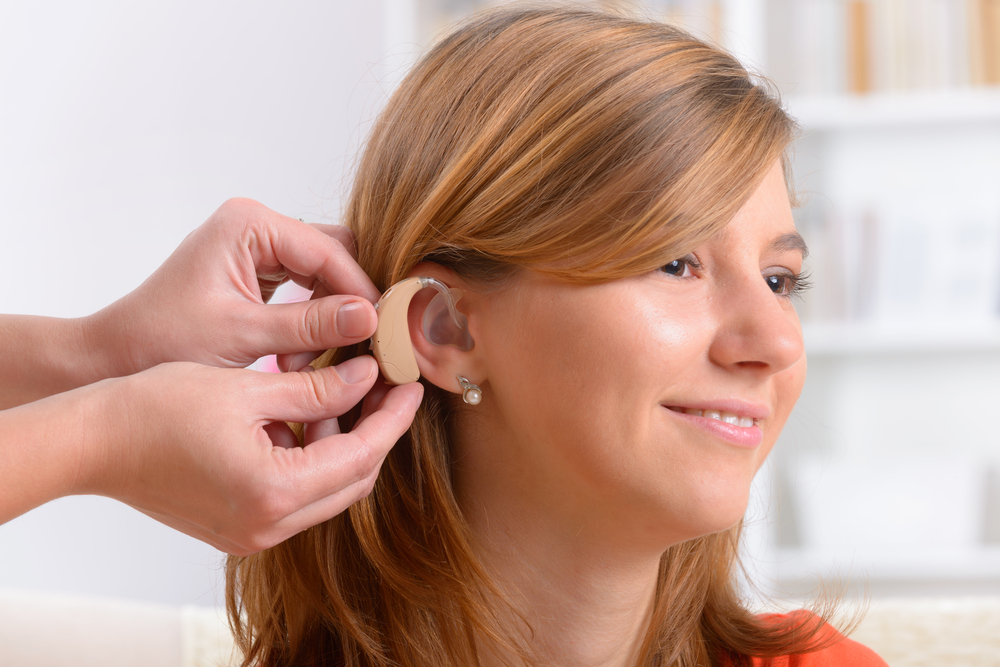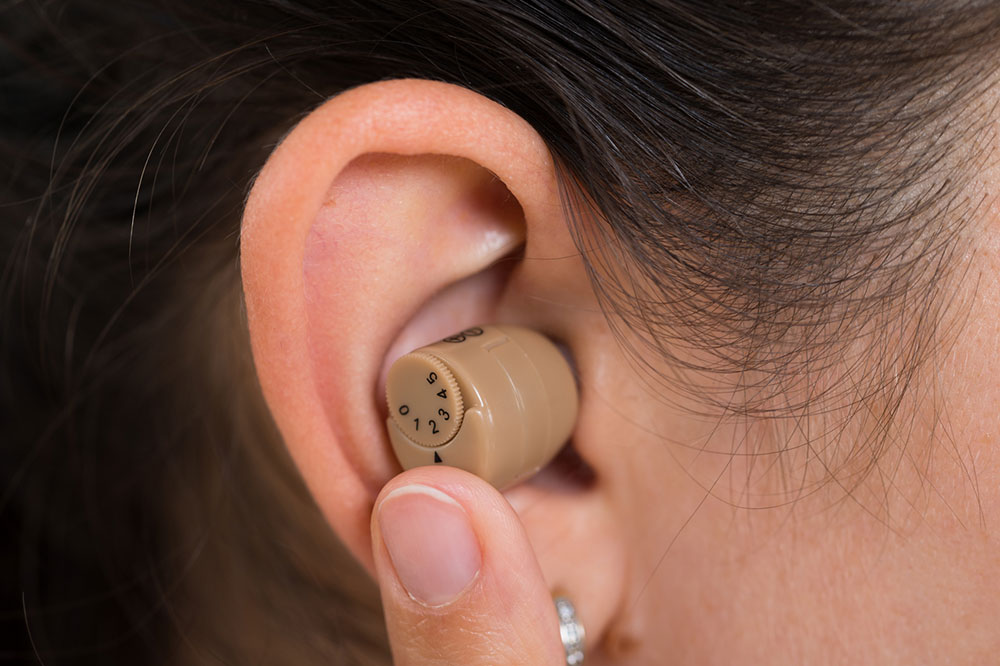Exploring the Latest Advances in Digital Hearing Technology
Discover how the latest digital hearing aids are transforming auditory assistance with advanced features like noise reduction, Bluetooth connectivity, and customizable styles. Learn about their benefits for enhanced sound quality, comfort, and user experience, making hearing devices more effective and discreet than ever before.

Exploring the Latest Advances in Digital Hearing Technology
In recent years, digital hearing solutions have transformed the way individuals with hearing impairments experience sound. These innovative devices leverage cutting-edge digital processing technologies to deliver clearer, more natural auditory experiences. Unlike traditional analog hearing aids, digital models offer enhanced sound quality, better background noise management, and customizable features that cater to the unique needs of each user. This article delves into the features, advantages, and various styles of modern digital hearing aids, illustrating how technological advancements are improving quality of life for millions worldwide.
The Evolution from Analog to Digital Hearing Devices
Historically, hearing aids began as analog devices, which captured sound waves through microphones and amplified them uniformly before transmitting the sound into the ear canal. While effective to a certain extent, analog aids had limitations, such as difficulty distinguishing speech from background noise, leading to less clarity in noisy environments. Enter digital hearing aids, which convert incoming sound waves into digital signals. These signals are processed by sophisticated algorithms to selectively amplify speech frequencies while reducing unwanted noise, resulting in a more refined listening experience. Although digital hearing aids are generally priced higher than their analog counterparts, their benefits in sound quality and customization options justify the investment for many users.
One of the most significant advantages of modern digital hearing technology is its versatility. These devices are equipped with features that allow users to customize their listening experience precisely. For example, directional microphones help users focus on sounds from specific directions, such as speech in conversation, while reducing background noise from other directions. Automatic programs can adjust the hearing aid’s settings based on the environment, whether indoors, outdoors, or in noisy settings. Furthermore, noise reduction and feedback cancellation technologies significantly improve comfort, especially in challenging environments.
Digital hearing aids come in various styles to suit different preferences and lifestyles. Among the most popular types are In-The-Ear (ITE), Completely-In-Canal (CIC), and Behind-The-Ear (BTE) devices. Each style offers unique advantages; for instance, CIC aids are discreet and practically invisible, ideal for users seeking a subtle option, while BTE aids are robust, easier to handle, and suitable for severe hearing loss cases. Personalization options such as adjustable volume controls, programmable settings, and advanced features like wind noise reduction make digital devices highly adaptable.
Additionally, modern digital hearing aids often feature Bluetooth connectivity, allowing users to pair their devices seamlessly with smartphones, televisions, and other gadgets. This integration facilitates streaming of audio directly into the hearing aids, enhancing the listening experience and offering greater convenience in everyday settings. As technology continues to evolve, future innovations are expected to bring even more sophisticated features, including artificial intelligence-powered sound processing and health monitoring capabilities.
In conclusion, digital hearing technology has revolutionized auditory assistance, providing users with clearer sounds, personalized settings, and seamless connectivity. These advancements not only improve communication and social interaction but also contribute positively to overall well-being and confidence. As the industry continues to innovate, individuals with hearing impairments can look forward to increasingly effective and discreet solutions tailored to their specific needs, significantly enhancing their quality of life.





